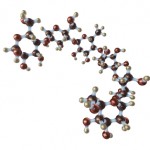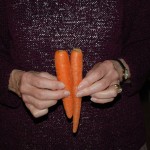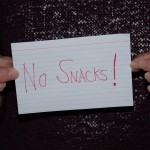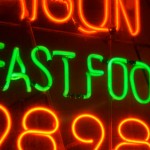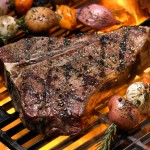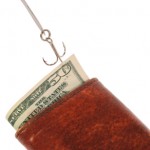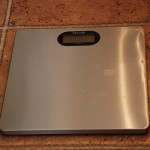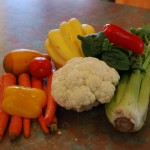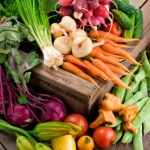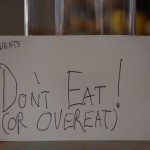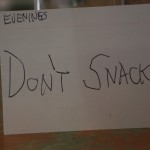The May 4, 2011 edition of the Wall Street Journal had an article that quickly send me to my computer. The title was "Why Wood Pulp Makes Ice Cream Creamier." Well, until I read the article and then hunted down background information, I certainly didn't know I could be chewing on logs (or derivatives thereof) in my daily diet
The Center for Science in the Public Interest, an organization I generally trust, has a website on food additives. There's a couple of pages on the good, the semi-bad and the ugly (as I would phrase it) and then 25+ pages on specific additives. I'll drop in a link to that fascinating section of the CSPI's web content if you want to learn more and perhaps return to the general topic in a later post. http://www.cspinet.org/reports/chemcuisine.htm
In the meantime back to the May 4th article and its cousins. I say that since Googling "wood pulp in food" yields links to a considerable number of articles, blogs and other Internet-accessible items on the subject. I just printed out a page from a blog from India, a 2006 Dow Chemical Company's attorney's letter (the first page of 68) requesting an exemption to for considering wood pulp as a food additive and an FDA paper on the subject.
The bottom line is CPSI in their extensive listing of food additives rates carboxymethylcellulose (CMC) in their group "Cut Back: Not toxic, but large amounts may be unsafe or promote bad nutrition."
Yet processed food manufacturers are using more CMC and other cellulose (read this as wood pulp) deriviatives to increase fiber content of white bread (I don't eat white bread), allow hurried/lazy cooks to add pre-shredded cheese (we shred our own) and enhance something called "mouth feel" in ice cream.
To make the powdered form of cellulose, wood is cooked in chemicals to separate the constituent and then, in some cases, processed further with acid to break down the fiber.
If made properly, (ah, there's that word "if" again), cellulose is a). supposed to be harmless in small amounts and b). isn't absorbed by the body, thus adding bulk to foods without adding calories. It also adds fiber to foods that otherwise are low in this component.
The WSJ article quotes Michael Jacobson, the CSPI's executive director, as saying, "Cellulose is cellulose." He then apparently said that no research points to health problems secondary to eating cellulose.
The FDA limits the percentage of cellulose in some foods (e.g., cheese spread and jams) and sets an upper ceiling (usually 1 to 4 %) for how much cellulose can be added to meat products.
Well I know we need fiber in our diet and it appears that this additive isn't bad for you. But I prefer not to eat processed foods and to get my fiber in natural forms.
So I Googled "Food high in fiber" and found a Mayo Clinic website that listed, amoung other foods: raspberries, unpeeled pears and apples, whole-wheat spaghetti, bran flakes, cooked split peas and lentils and artichokes.
It's your choice; Processed foods with added wood pulp or plain old fruits and veggies.
Chew on!


